10 Secrets You Didn’t Know About Your Refrigerator

We don’t usually put much thought into it, but our refrigerator is the most popular appliance in our kitchen. In fact, almost 100 percent of homes have a refrigerator and a whopping quarter of American households have two! Like most things that endure daily wear and tear, your fridge requires upkeep to maintain its cooling capabilities as well as it can its energy efficiency. While we rely on it to store our food at optimal temperatures, many of us don’t know much else about the workings of this cooling system and can all use a little brush-up on our refrigerator facts.
Since most of us can’t imagine life without one, we’ve put together ten things you didn’t know about your fridge. Read on to discover how you can keep it clean for maximum efficiency and learn smart tips to retain your food’s freshness. Then, don’t miss these 10 Things You Didn’t Know Your Microwave Could Do.
You Should Change the Filters Regularly

Much like the open box of baking soda you keep in your fridge to eliminate odors, the air filter also deodorizes the cooling space. LG recommends changing the air filter about every six months to ensure that container of egg salad and Camembert wheel’s stenchy odors aren’t wafting throughout the entire fridge. Same goes for the water filter: Make sure to change it once your fridge alerts you to avoid drinking contaminated H2O.
Organize to Avoid Contamination
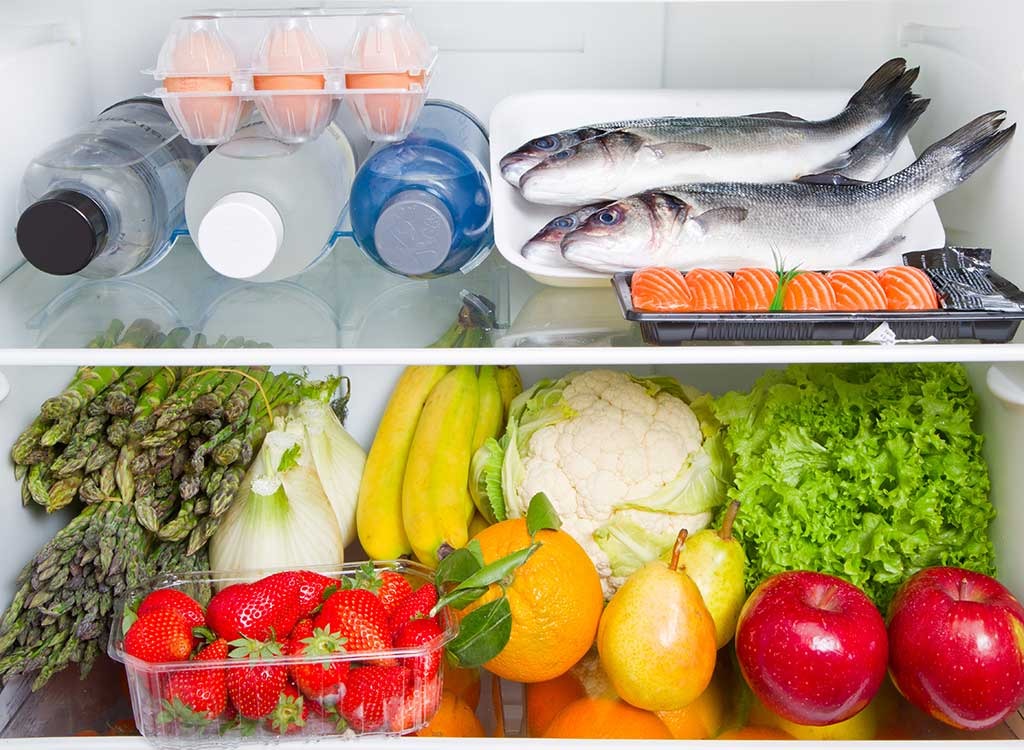
Just like you wouldn’t use the same cutting board to butterfly raw chicken breast as you would to chop shallots, you shouldn’t store different food groups in the same drawers. “Raw meat, poultry, and seafood should be stored on the bottom shelf of the refrigerator, ideally in a container to protect other items on the shelf from drips,” Jessica Levinson, MS, RDN, CDN tells us. “Fresh, ready-to-eat foods such as fruits and vegetables should be stored in produce drawers or on shelves above raw meats to prevent the risk of cross-contamination.”
Refrigeration Doesn’t Always Protect Against Bacteria

It’s practically common knowledge that refrigerating your food can prevent bacterial growth and keep your food fresh—which is exactly why the USDA recommends refrigerating perishable food within two hours. However, not all pathogen growth can be prevented. “Some foodborne pathogens like Listeria can grow in refrigerated temperatures,” says Barbara Kowalcyk, assistant professor of food science and technology at The Ohio State University and the co-founder of the Center for Foodborne Illness Research and Prevention. Your best bet is to keep your fridge’s temp at 40 degrees Fahrenheit or below.
Maintain 40 Degrees at All Times
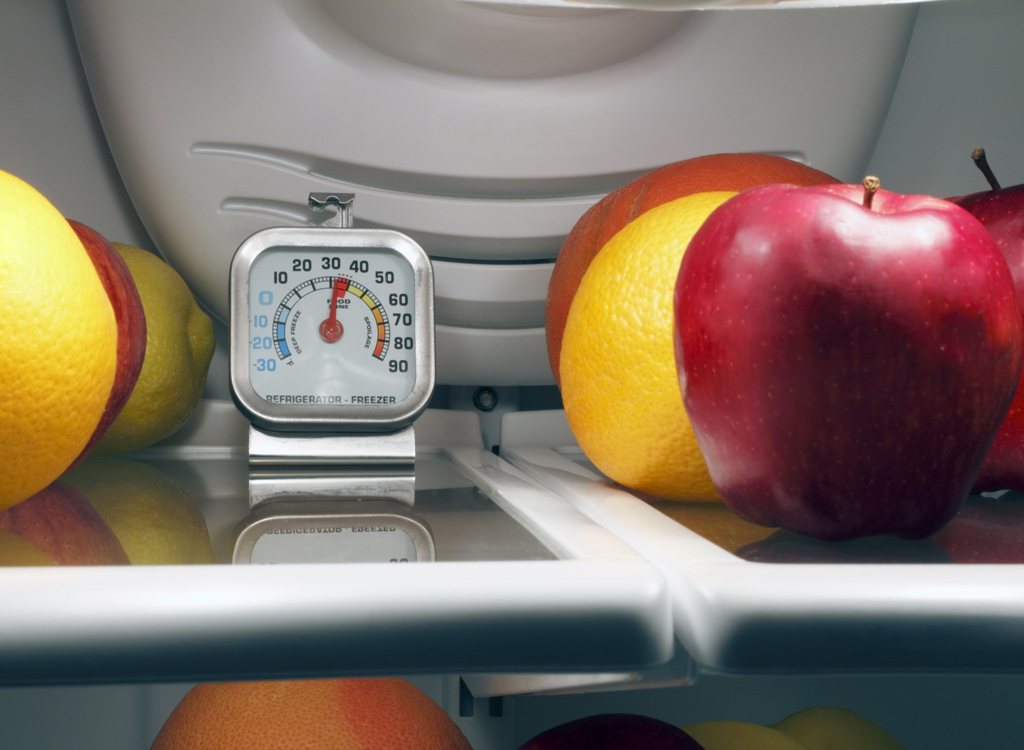
As previously stated, your fridge’s temp should remain at 40 degrees Fahrenheit or below in order to prevent foodborne illness, as per the FDA. Storing foods at room temperature allows the amount of illness-causing bacteria to double every 20 minutes, so maintaining this cool temperature can help keep buggers and stomach upset away. The FDA recommends buying a thermometer to regularly keep tabs on the temp.
This is the Coldest Spot
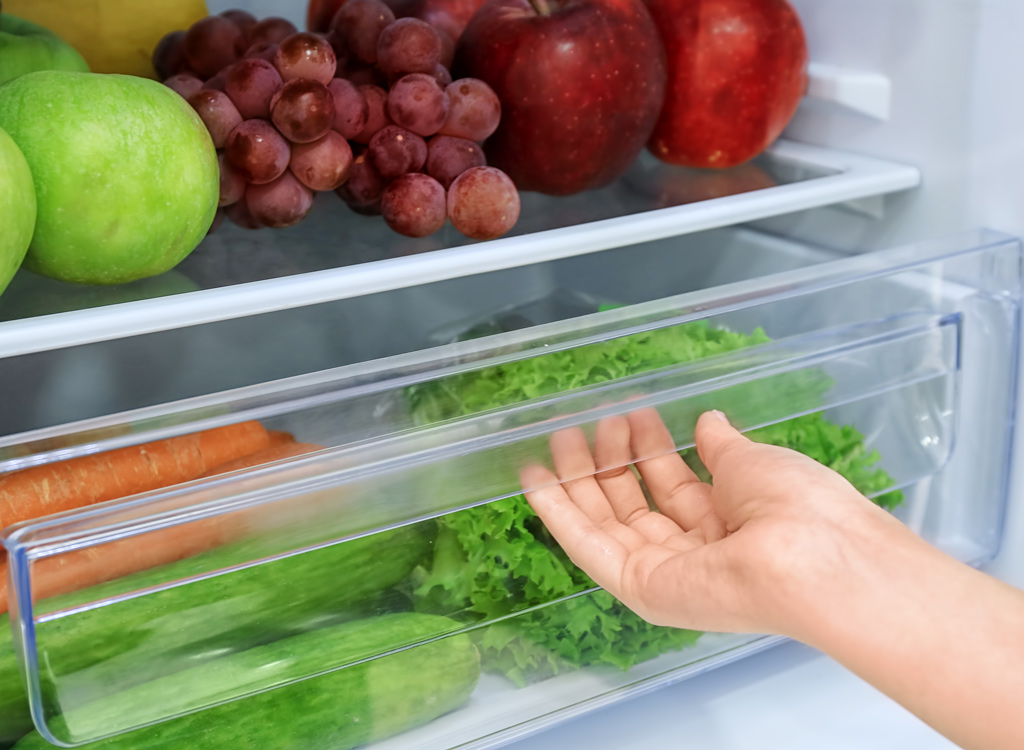
If your fridge doesn’t come with an ice maker, then the back of the bottom shelf will be the coolest spot. Why? The back of the fridge is farthest away from the warmer air that enters each time you open the fridge doors. And since cold air sinks, the bottom compartments will always be chillier. However, if you do have the luxury of an ice maker, then the area closest to the frozen cubes will be the coldest. Organize accordingly and store meats and cheeses in the coldest areas to preserve their freshness for longer.
This is the Warmest Spot

Since the doors are most susceptible to temperature fluctuations thanks to the constant opening and closing, you’ll find that that’s the warmest spot. Instead of storing highly perishable foods like eggs on the doors, stick to keeping condiments, cooking oils, sauces, fruit preserves, and nut butters that don’t require super-cold temps on the door.
Dual Evaporators Are Key
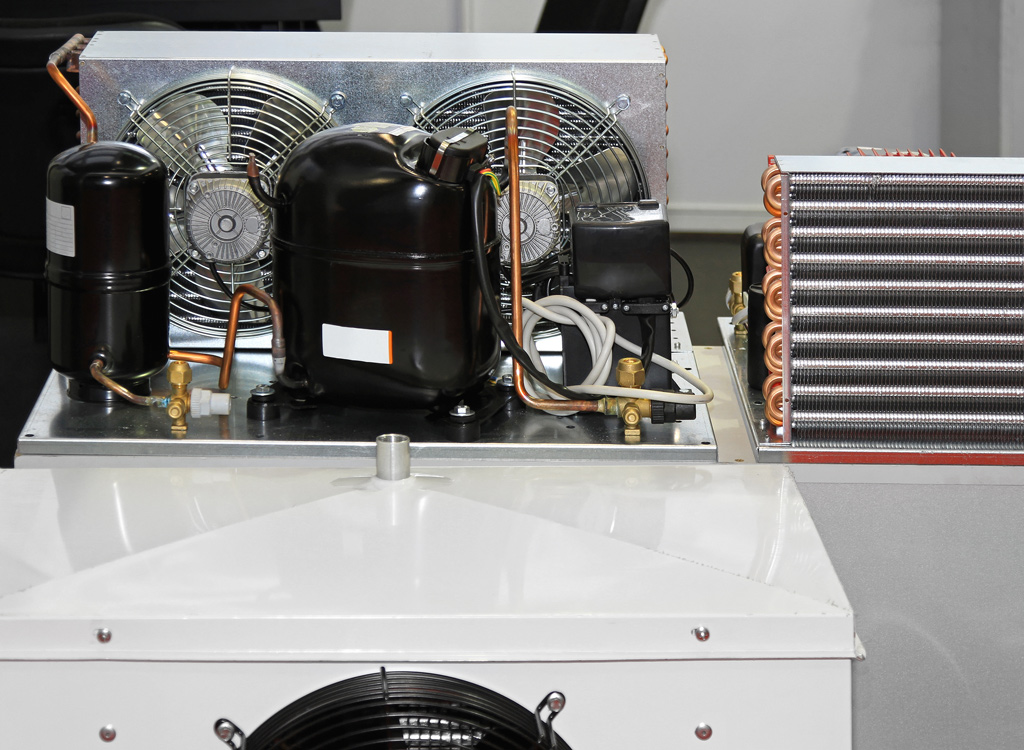
According to Consumer Reports, shelling out extra cash on a fridge with two evaporators can prevent spoilage and odor migration from the freezer to the fridge. Dual-evaporative refrigerators are able to maintain two different climates: one that’s suitable for the freezer and one for the refrigerator.
The Rubber Door Seal Plays an Important Role
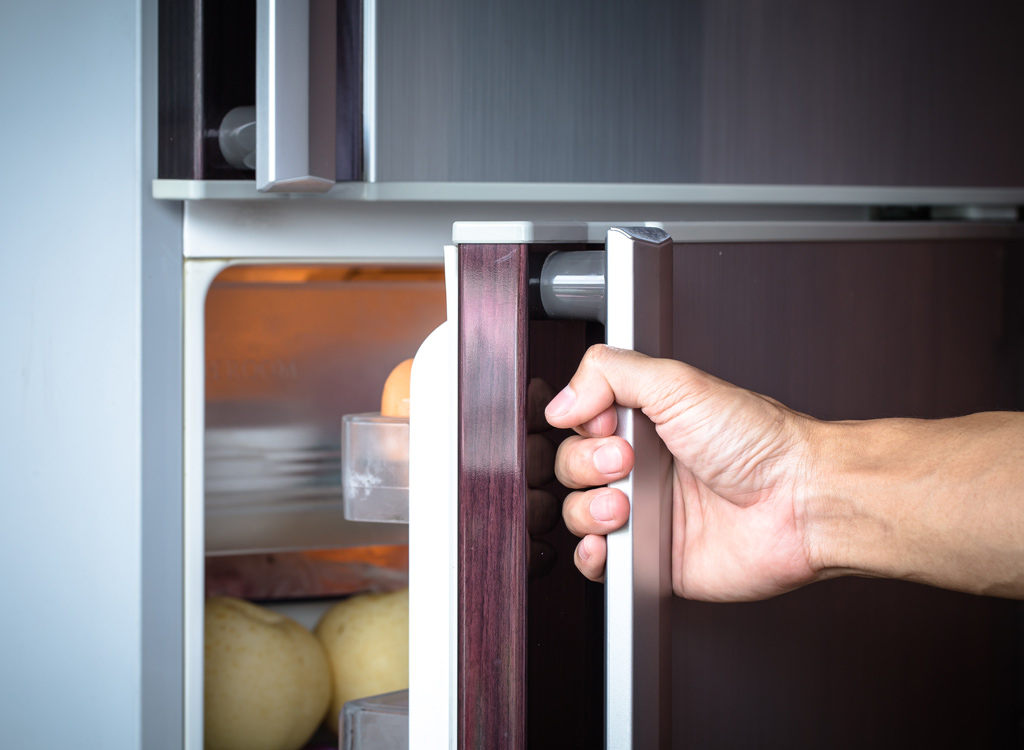
The rubber seal that outlines the inside of the fridge and freezer doors is also known as the gasket and it plays an important role in maintaining your food’s freshness. It keeps warm air out of the fridge, as it hermetically seals the door closed after each use. Since the rubber gasket is prone to daily wear and tear, it’s important to clean it regularly and replace it once you notice it becoming brittle.
Dust Bunnies Can Shorten the Life of Your Fridge

You know those thick dust bunnies hiding under the floor of your fridge? They may be doing your appliance a disservice. Making sure you remove the grill and clean underneath regularly can help your fridge maintain cool temperatures without using too much electricity. Since the condenser coils (which keep the refrigerant cold) are usually hidden on the bottom, keeping them free of debris helps them release heat and helps the compressor maintain efficiency.
Overcrowding May Cause Contamination
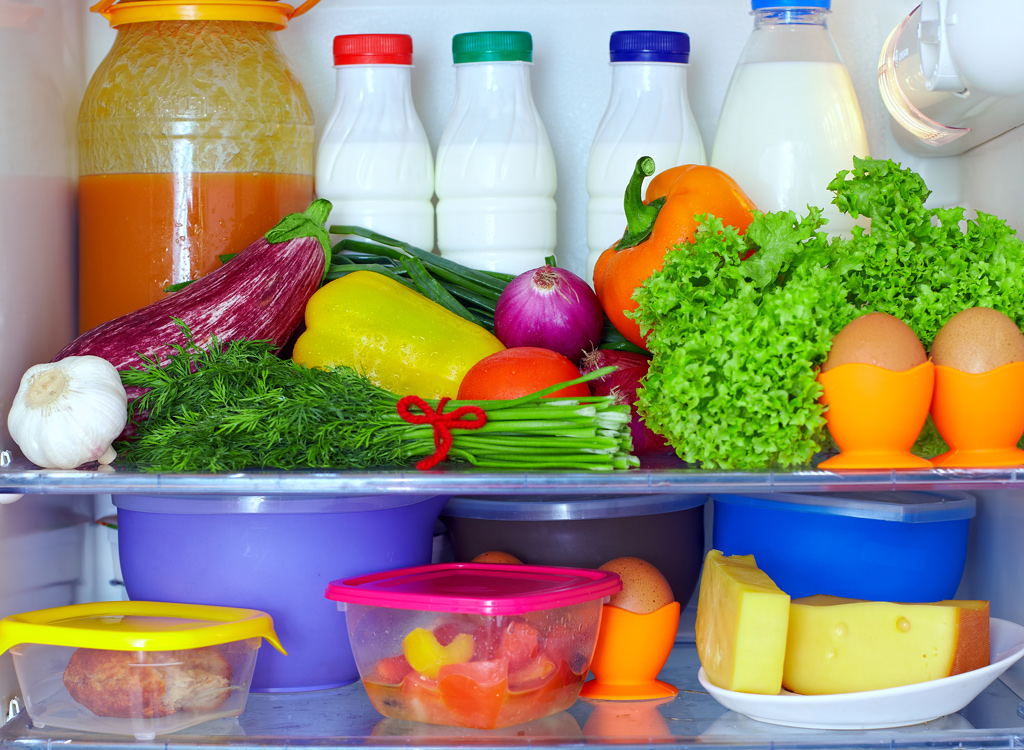
Overcrowding your fridge with too much food is a recipe for contamination as doing so can block air vents and encourage poor circulation, making cold air harder to reach your food and keep it fresh. Not only that, overcrowding also compromises your appliance’s energy efficiency, so the fridge will require more electricity—and money—to keep it humming. Instead of over-stuffing the bins, transfer these 18 Surprising Foods You Don’t Have to Keep in the Fridge to the pantry.








